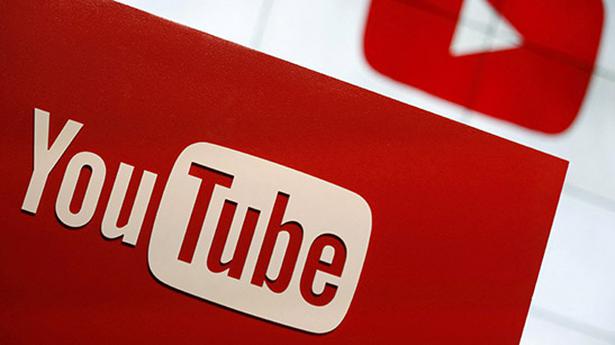
Google-owned video platform YouTube announced on September 20 it will expand its monetisation plan, called the YouTube Partner Program (YPP), to allow more creators to earn revenue through Shorts videos.
YouTube shared the new ways in which YPP would allow both long and short-form video creators to earn revenue, and benefit from ads monetisation in the future.
From 2023, YouTube Shorts creators with 1,000 subscribers and 10 million Shorts views over 90 days can apply to the plan. The streaming platform will also introduce a programme tier with lower entry requirements to support early career YouTubers.
While the company has a fixed fund for creators, it plans to shift to a revenue sharing model for Shorts next year. Since ads play between videos in the Shorts feed, monthly revenue from the commercials will be added and used to reward short-form video creators.
“From the overall amount allocated to creators, they will keep 45% of the revenue, distributed based on their share of total Shorts views,” the company said.
Musical content
The company also announced Creator Music, designed for content creators to access a wide selection of music for their work while also paying the original artists and music rights holders. Creator Music is currently in its beta version in the U.S., and is set to be rolled out globally next year.
“Creators can now buy affordable, high-quality music licenses that offer them full monetizing potential—they will keep the same revenue share they’d usually make on videos without any music,” the company said.
YouTube claims Shorts was “exploding around the world” with over 30 billion daily views and more than 1.5 billion monthly logged-in users.
Also Read |YouTube in challenge to TikTok to give Shorts creators 45% of ad sales
Indian market
In India, YouTube Shorts are a popular source of “infotainment” for watchers and mobile users. It has also encouraged both regional language content creators and non-resident Indians to not just share diverse content, but also earn from it.
Viewers also seem to be in favour as channels where artists shared both short and long-form videos saw increasing watch times and subscriber growth compared to creators who didn’t post Shorts.
“Creators who represent the true flavour of their districts/regions are having their moment in the sun,” the company said. “We’re seeing content from across the country, with creators engaging with fans in Marathi, Punjabi, Haryanvi, Bhojpuri, Bengali and many others. More interestingly we’re seeing content being created even in various dialects.”
The YouTube Partner Program was launched in 2007 and has paid creators, artists, and media companies over $50 billion dollars in the last three years, according to YouTube CEO Susan Wojcicki.
YouTube’s move to share revenue with Shorts creators comes as tech and social media companies race to beat rival video-creation platform TikTok, whose largest market is the U.S.
Techyrack Website stock market day trading and youtube monetization and adsense Approval
Adsense Arbitrage website traffic Get Adsense Approval Google Adsense Earnings Traffic Arbitrage YouTube Monetization YouTube Monetization, Watchtime and Subscribers Ready Monetized Autoblog
from YouTube Monetization – My Blog https://ift.tt/pSDiE0q
via IFTTT
Comments
Post a Comment